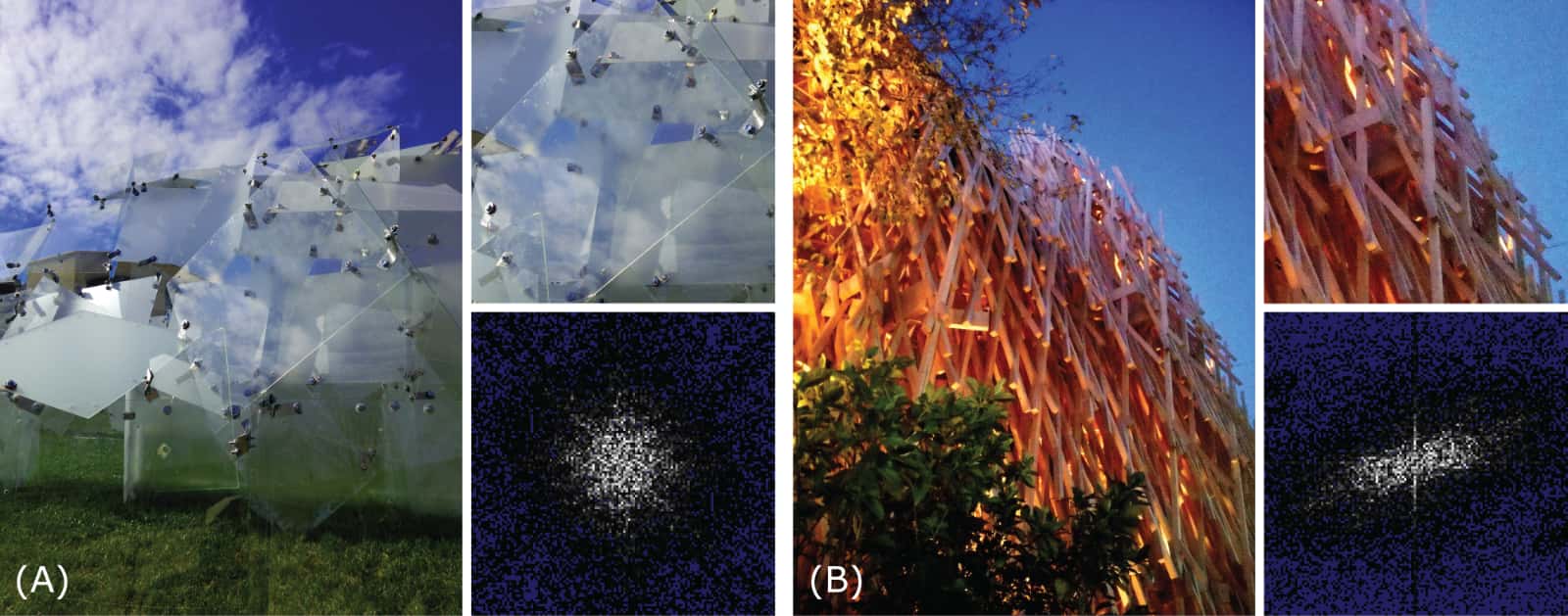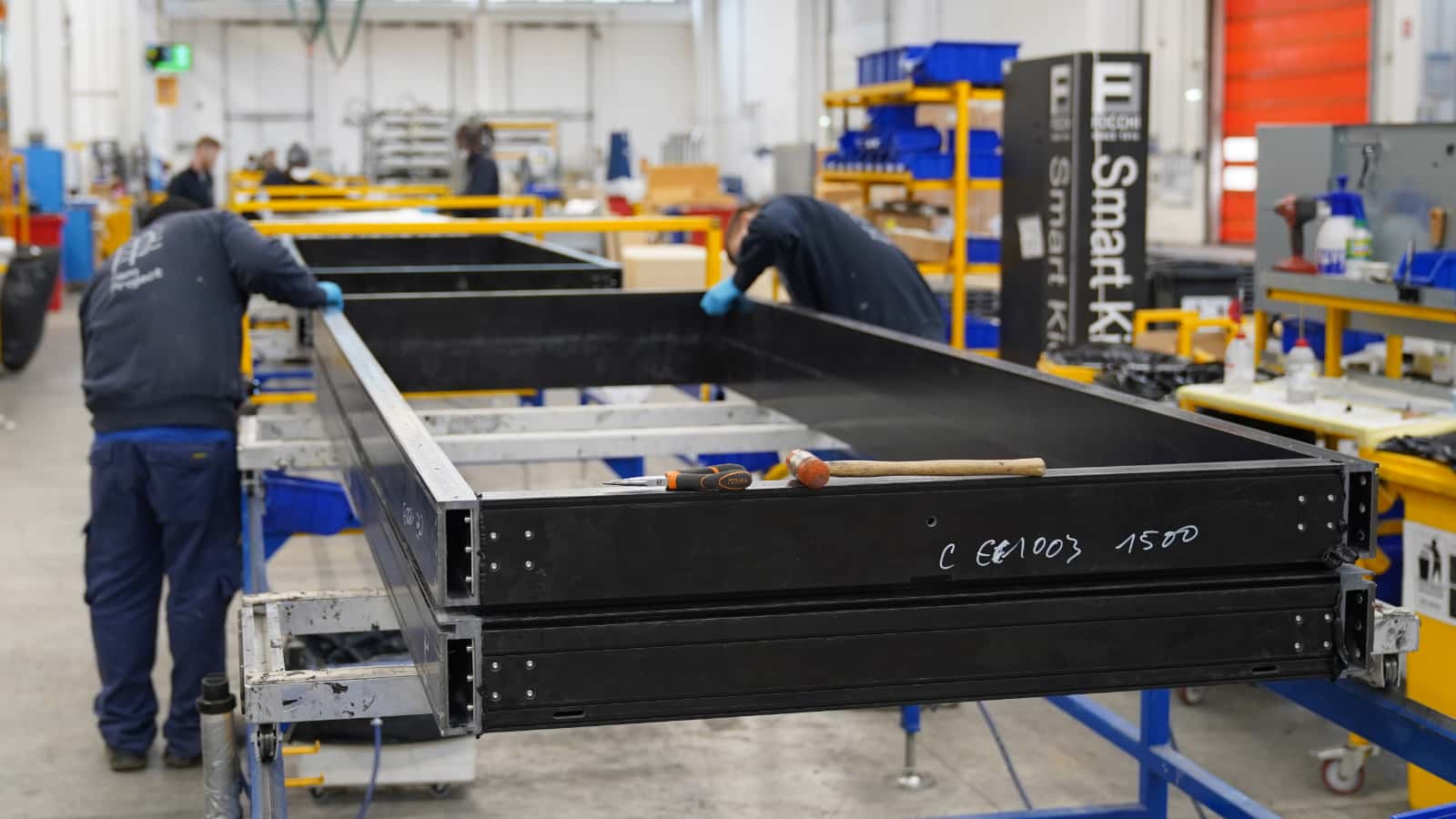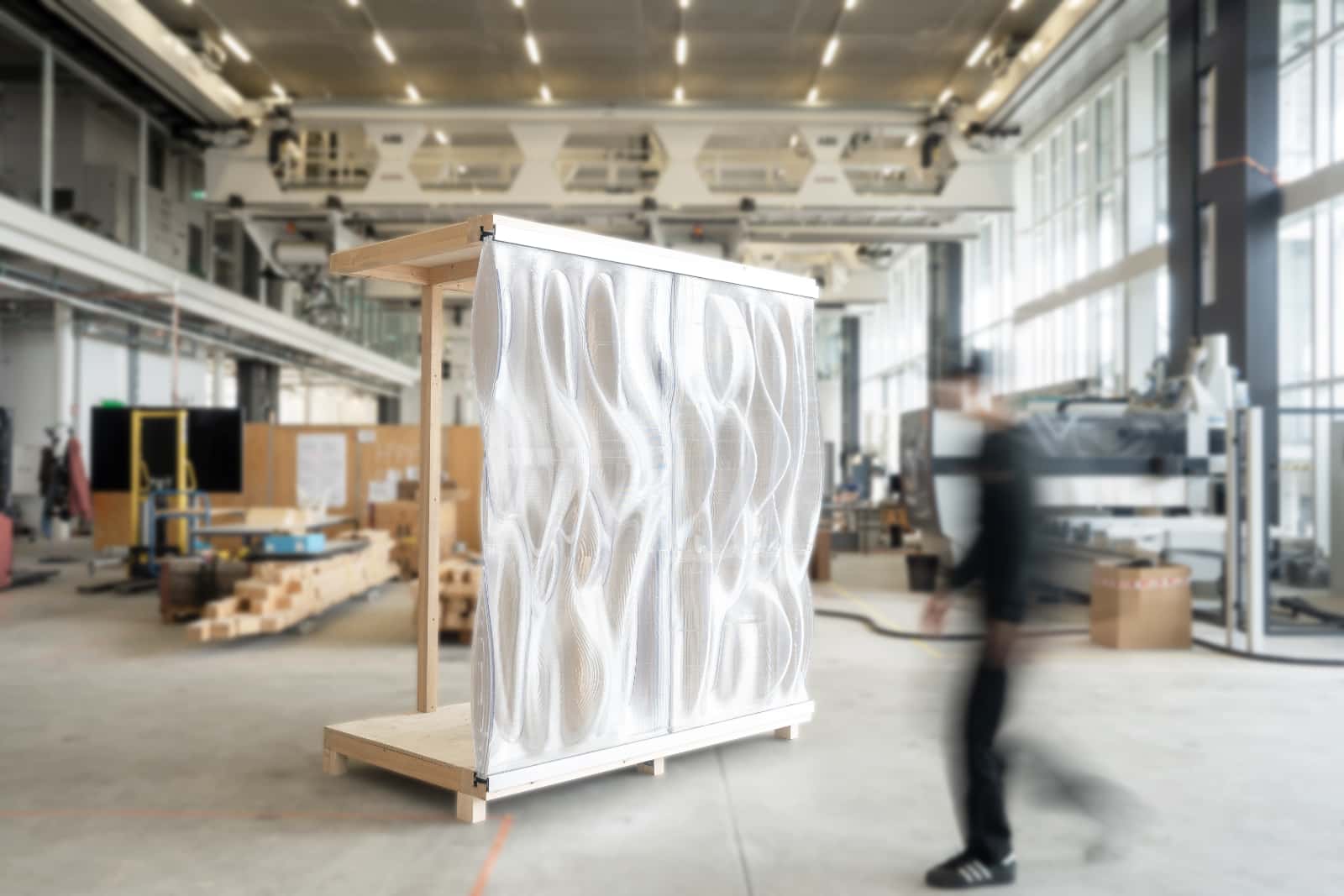Articles
-
As the demand for highly efficient yet aesthetically pleasing, complex building envelope structures is rising worldwide, computational analysis and generative design tools are becoming ever so relevant. Previous methods for achieving a natural distribution of structural or shading elements in non-uniform façades are mostly based either on computer-generated pseudo-randomness or a literal biomorphic approach where a naturally occurring pattern is directly projected on the façade surface. As an alternative, this research introduces a novel technique for optimisation that utilises a...
-
To assist the sustainable development of the building sector, designers require tools illustrating the most viable design options. This paper, starting by presenting the opportunities and limitations of the Life Cycle Assessment (LCA) methodology and Digital Product Passport (DPP) instrument when applied to Custom Modules for Curtain Walls, proposes a Semantic Data-driven Framework to facilitate the design of low-carbon and circular façade modules. Based on literature and the practical outcome of the H2020 project Basajaun, this framework integrates computer-aided technologies that...
-
Plastic materials, known for their lightweight, formability, transparency, and durability, are the state of the art for building façade applications. Recent advances in Large-Scale Robotic 3D Printing (LSR3DP) have enabled the production of bespoke, translucent façade components. While research has largely focused on individual panel properties, there is a gap in developing a comprehensive strategy for integrating these components into a complete façade system. This paper explores the potential of combining custom 3D-printed façade elements with standard curtain wall connections....



